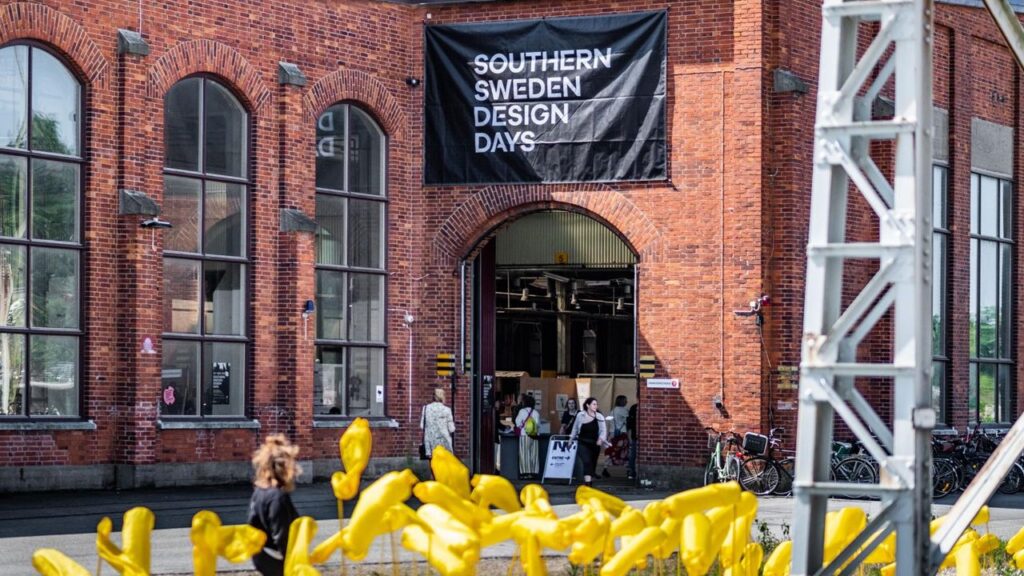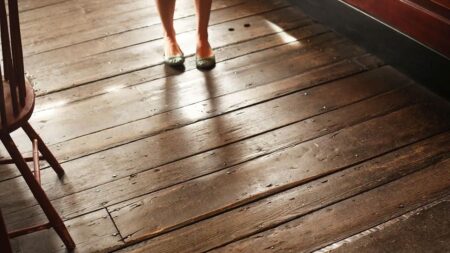Chances are that many of you haven’t heard of the Southern Sweden Design Days, which could be attributed to the fact that the event only started five years ago in 2021. For its fifth edition, the design event invited design enthusiasts from across the globe, with many exhibits and events focusing on the role of sustainable design.
The main venue for the Southern Sweden Design Days 2025, also known as Malmö Design Festival, was Lokstallarna in Kirseberg, with exhibitions, workshops, a live studio, and a food court spanning across 6,000 square meters. This year, the theme of the fair was ECHO, which explores the connection of the past, present, and future.
It recognizes that, like an echo, every decision creates ripples that impact both the environment and society. To that accord, Southern Sweden Design Days 2025 saw a slew of projects, products, exhibits, and talks that tread the path to ecological design and how design impacts the world.
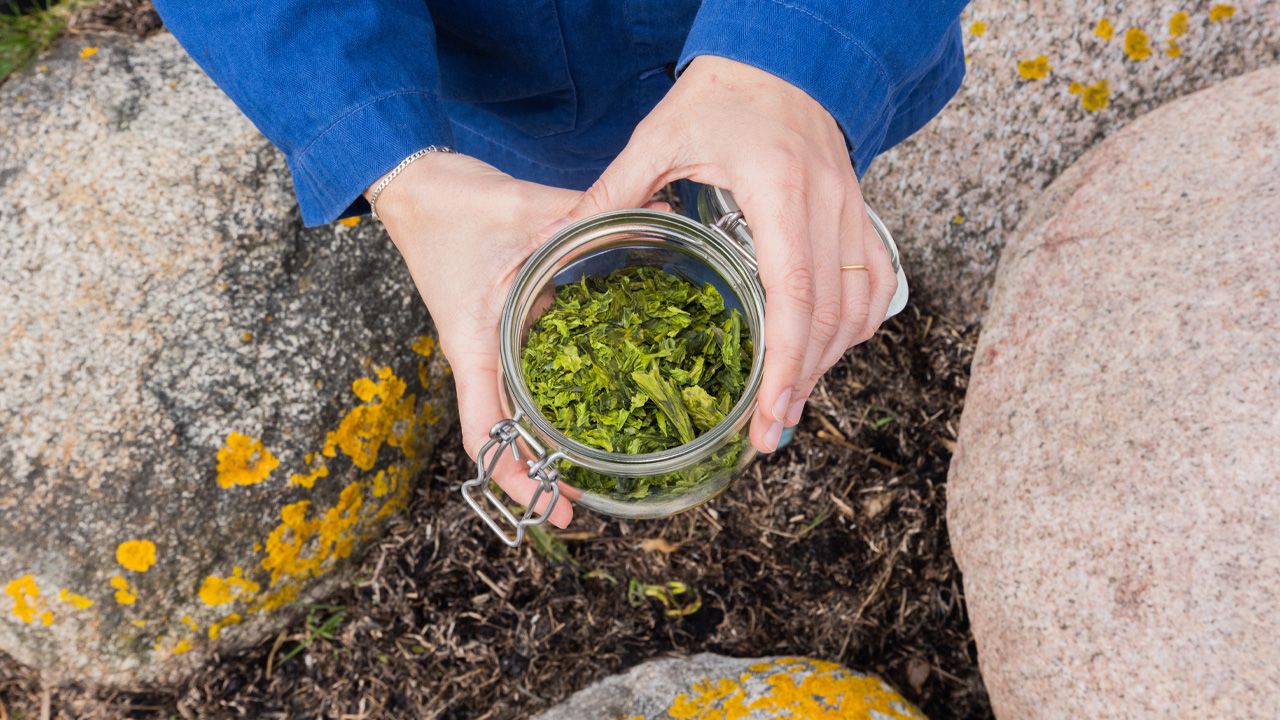
“Southern Sweden Design Days aims to create a platform where experimental, sustainable, and forward-thinking design is celebrated. This year’s theme often reflects current societal issues, particularly how design can contribute to a sustainable future. Participants are welcome to take part as long as the program activity is design-related and connected to sustainability, development, and/or innovation. Emerging designers are at the heart of the festival, bringing fresh, sustainable, and innovative ideas to the forefront,” says Ann Isler, Project Manager, Southern Sweden Design Days, in a conversation with Homecrux.
Design is meant to ease our lives, but it also has affected the natural world due to our gluttonous tendency toward design, be it home design or fashion. By setting forth the proposal of conscious consumption, the Malmö Design Festival has struck a chord for sustainability and circularity in how we design and consume things.
Also Read: 10 Sustainable Chairs Made From Recycled Ocean Plastic
The exhibitions in the design festival highlighted various societal issues, including the importance of zero-waste luxury fashion, exploring the potential of seaweed, the use of local cyclical resources and local food production, the environmental impact of global fashion consumption, and reimagining waste into value, to name a few. These exhibits collectively and individually paved the way to an ecological future by either providing solutions or starting conversations on the way design impacts the environment adversely.
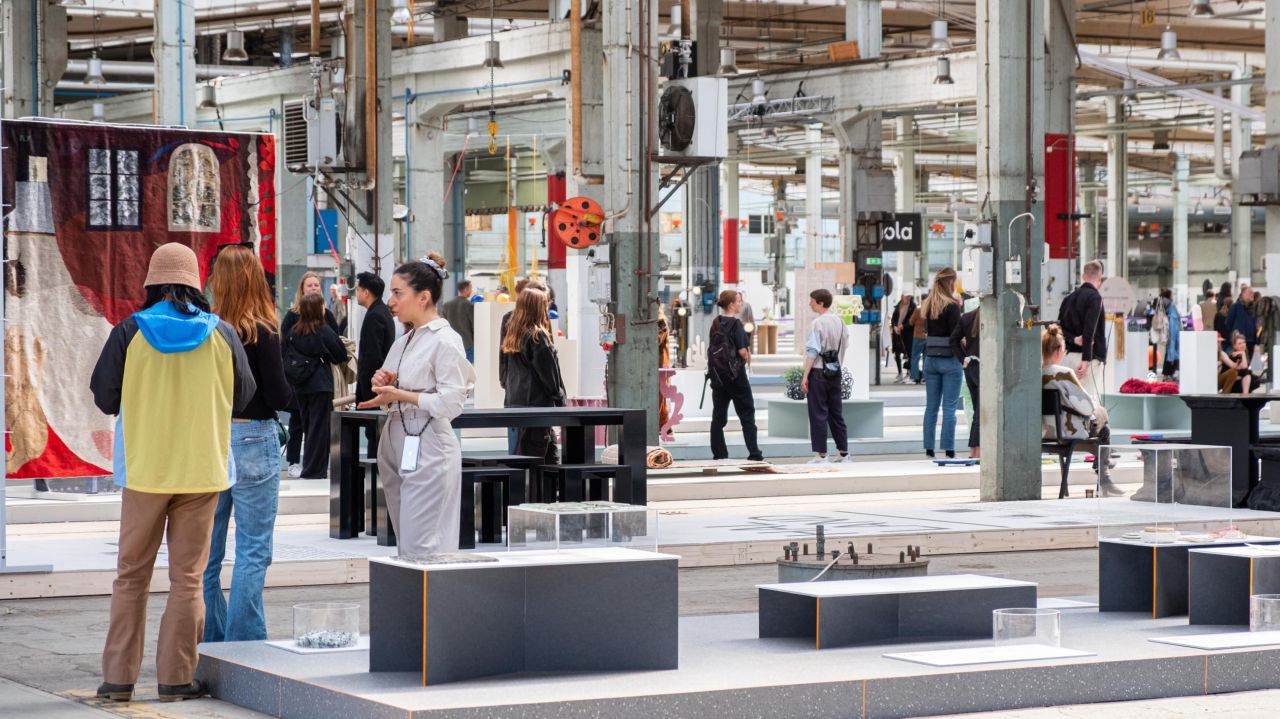
Let’s explore the exhibits:
Pampas Studios created an elaborate world of design with bold silhouettes. The studio believes that when each item is on-demand, thoughtfully created, there is no excess, no mass production, and it then leads to ethical fashion. During the festival, the studio presented the Pampas Basement exhibition, which offered a place for design, craftsmanship, and expression in a world of color and form.
Transcendence of a Shirt pondered over the implications of the clothing industry. It might seem a peculiar exhibit, but it delves deeper into our psyche as a reflection on how our clothing choices connect us to time, others, and how we relate to garments through care.
Another exhibit examining the impact of the fashion industry was Made in Bangladesh, dumped in Ghana, back in Malmö – three ways to be complicit. It sparked a conversation on the environmental impact driven by the collective responsibility of global fashion consumption. The exhibition explored the discarded garments as artistic material, giving different perspectives on our shared responsibility. It further offers a reflection on how our clothing choices affect the natural world.
Weave, the exhibition, showcased how contemporary weaving is an artistic expression, social reflection, and sustainable resistance in a fast-moving world. The Crafting New from Old exhibit was centered on the process of transforming textile waste into new, functional items. It echoed the theme of this year’s festival, highlighting the lasting impact of textile waste, dyeing pollution, and the footprint left behind by discarded materials.
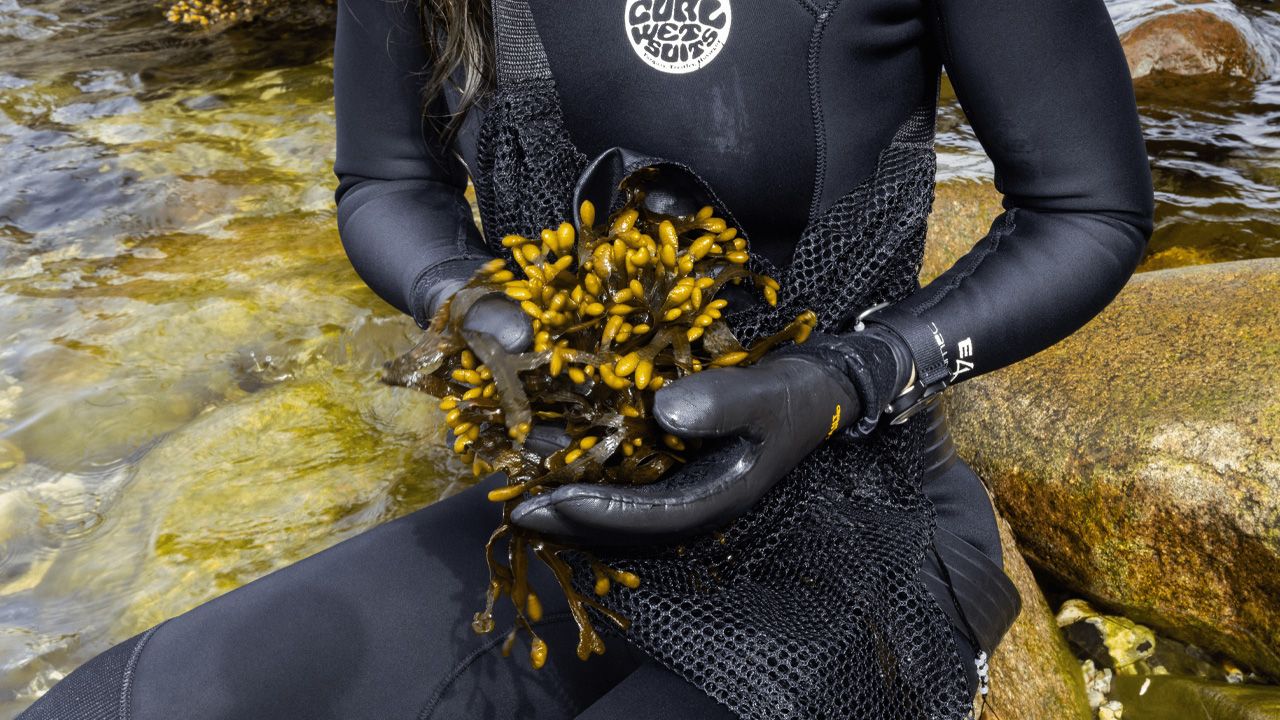
A New Blue Industry: Seaweed of Öresund exhibit pondered over the new possibilities in materials and ocean conservation. Exploring the potential of regenerative seaweed, the exhibition focused on how ecological and economic ecosystems can be created. Seaweed can be a versatile food and raw material, paving the way to a more sustainable future.
These were a handful of exhibitions at Malmö Design Festival that centered on circular design and sustainability. Each exhibit highlighted the importance of thoughtful creation and eco-friendly consumption, most of which focused on how conscious textile usage in product design can improve the way the industry impacts the environment.
Follow Homecrux on Google News!
